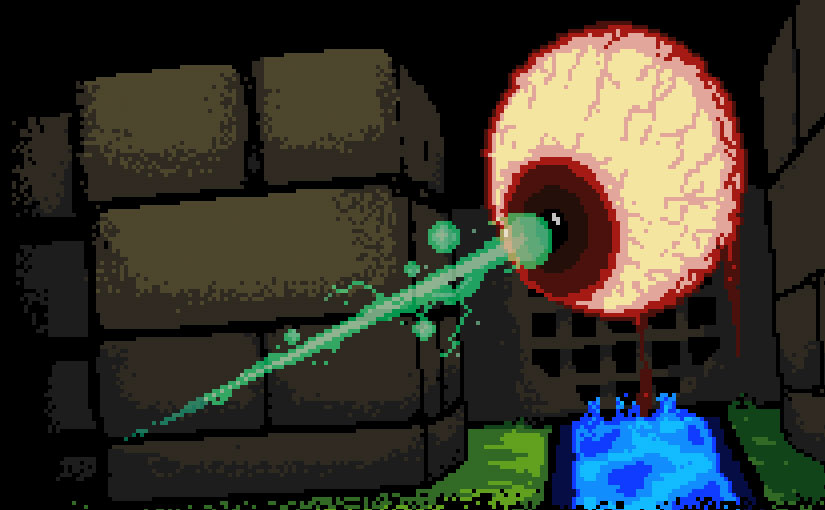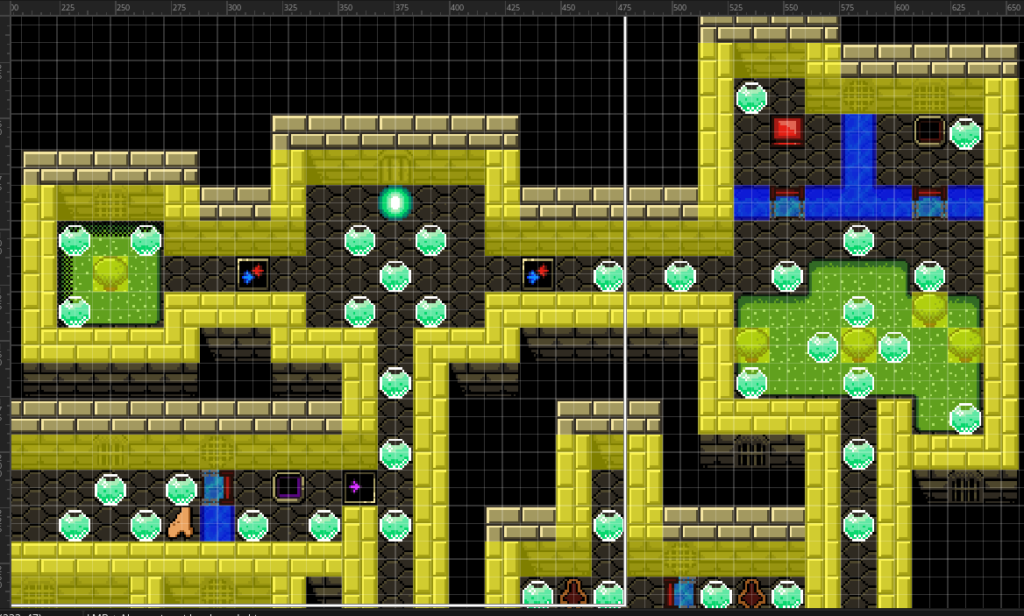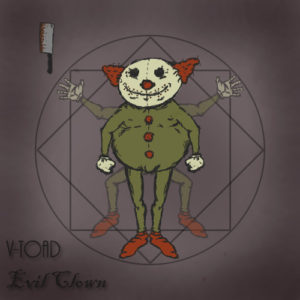What Should a Level Look Like?
In my last post, I solved a major collaboration issue by figuring out how to export/import individual rooms in GameMaker Studio 2.
Since then, Eric and I have been creating levels to round out the game, and with a little over an hour’s worth of content, I’ve been looking at some of the larger levels to see which parts I can cull so that the game doesn’t get dull/outstay it’s welcome.
Level design is difficult to do well. Purgatory Purgers’ level elements can be broken down into a few different components:
Features
At its heart, Purgatory Purgers is a puzzle-exploration game. Each level is a series of interconnected rooms of varying shapes and sizes and could include:
- Gambits: Rooms with one or more dangerous enemies
- Treasure Rooms: Filled with lost souls (the primary objective of the game/scoring system) and free lives
- Puzzles: Moveable blocks, bridges, etc.
- Secrets: Hidden rooms and passages marked by a small crack in the floor or an odd-looking bush.
These aren’t mutually exclusive and could be combined to form interesting and progressively more challenging areas.
Flow
A good level shouldn’t railroad the player down a specific route; instead, there should be 2-3 branching paths and reward players for exploration with additional lives and/or hidden shortcuts through the level.
Embellishments
To bring the Purgatory Purgers levels to life, I created lots of additional tiles to add flavor and mystery to each set of levels. Locked doors, sewer grates, pools of water, grass, grates, blood spatters, arcane symbols, and even emptiness in the later levels.
Putting It All Together
A good level combines all of the above to form a cohesive package; the level is:
- Good looking (i.e., makes good use of the available tileset and avoids excessive repetition)
- Intuitive to navigate (it doesn’t require a lot of backtracking)
- Sufficiently diverse in enemies, puzzles, and mechanics
- Above all, fun to play (read: sufficiently challenging, but not too difficult)



